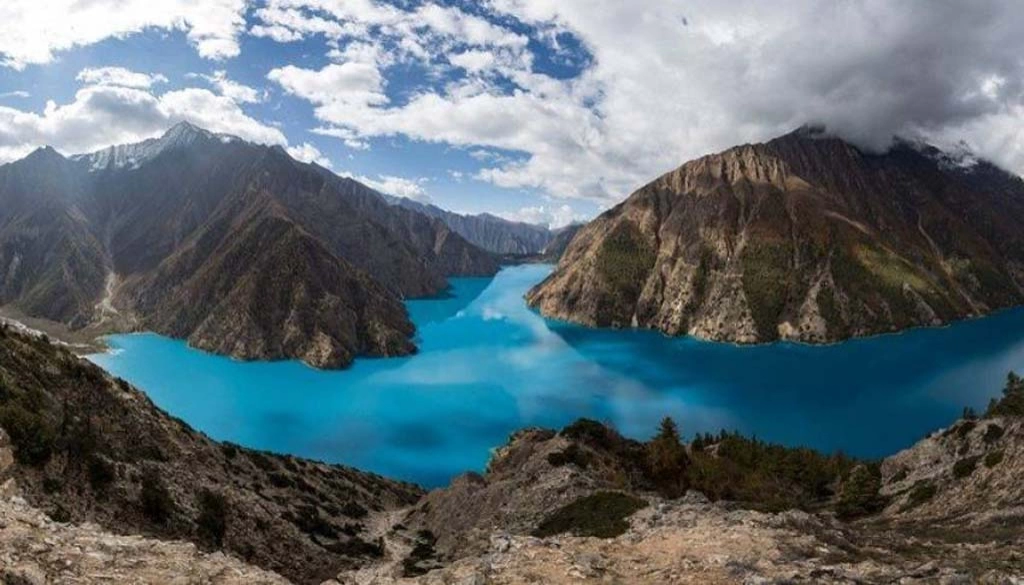Shey Phoksundo National Park
| Area | 3,555 km² |
| Established | 1984 |
| Location | Dolpa and Mugu Districts, Nepal |
Shey Phoksundo National Park, the largest national park of Nepal is located in the Trans-Himalayan region(Dolpa and Mugu districts of western Nepal) of northwest Nepal, spans 3,555 km². It was established in 1984. it preserves a unique Trans-Himalayan ecosystem that hosts a rich diversity of flora and fauna. With varied climate conditions, altitude ranges, and zoo-geographical regions, the park supports a wide range of biotic systems.
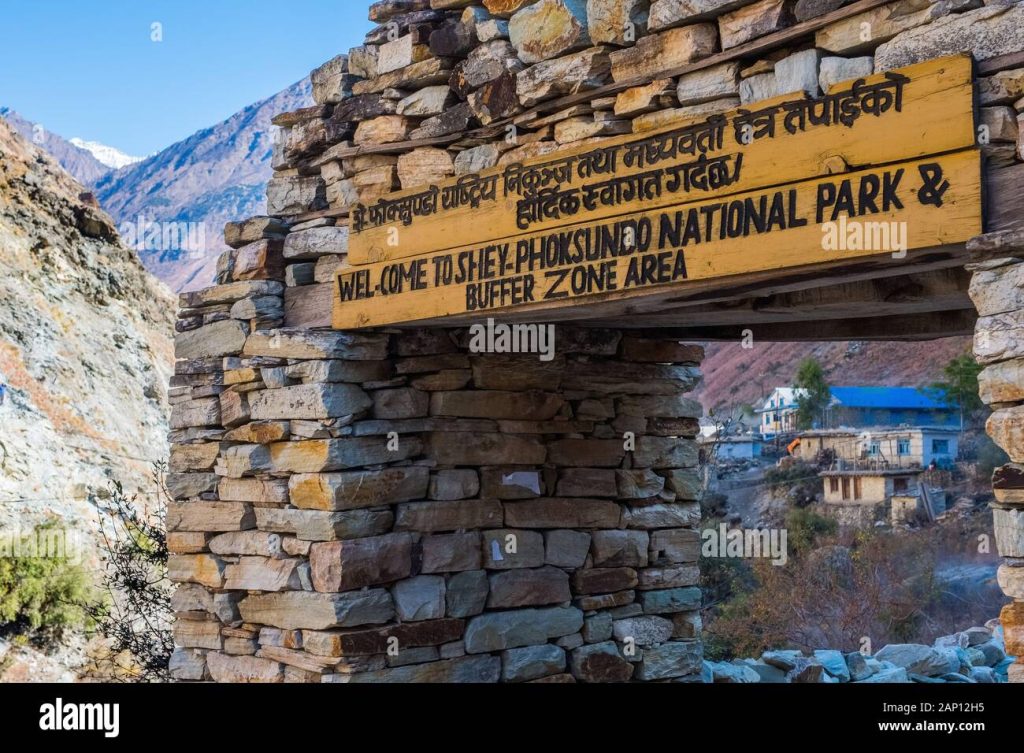
Furthermore, in 1998, the surrounding 1,349 km² area was designated as a buffer zone. This zone, comprising forests and private lands, is managed collaboratively by the park and local communities, who together drive community development initiatives and oversee natural and cultural resource management.

Shey Phoksundo National Park showcases a stunning variety of landscapes, with elevations ranging from 2,130m at Ankhe to 6,883m at the Kanjiroba Himal summit. Located primarily north of the Himalayan crest, the park features Nepal’s deepest and second-largest lake, Phoksundo Lake, in the upper Suligad region. Near the lake’s outlet, visitors find the country’s highest waterfall, adding to the park’s allure. The Khung, Nmajung, and Panjang are the park’s major rivers, while the Suligad and Jugdual Rivers, important tributaries of the Thuli Bheri River, and the Langu River, which drains the high Dolpo plateau and flows westward, shape the region’s hydrology.
Notably, Phoksundo Lake, famous for its turquoise color, places the park among the most scenic mountain destinations worldwide. Nestled near the lake is Ringmo, a traditional Tibetan village, which adds cultural richness to the natural beauty. Surrounding the lake are several striking glaciers, and within the park lie numerous Gompas (monasteries) and religious sites. Among them, the renowned Shey Gompa, established in the 11th century, and Thashung Gompa, built around 900 years ago near Phoksundo Lake, both reflect the park’s spiritual and wildlife conservation heritage.
You may also like to read: Chitwan National Park
Flora and Fauna in Shey Phoksundo National Park
Shey Phoksundo National Park is a sanctuary for a variety of rare and endangered species. The park’s diverse ecosystems range from subalpine and alpine forests to barren high-altitude deserts, providing a habitat for wildlife like the elusive snow leopard, blue sheep, Himalayan tahr, and musk deer. Bird enthusiasts will be delighted to find over 200 species of birds, including the Tibetan partridge, wood snipe, and Himalayan munal. The park also boasts a rich variety of medicinal herbs and alpine plants, contributing to its significance as a biodiversity hotspot.
Shey Phoksundo National Park features an incredibly diverse range of flora. In the northern regions, barren upper Himalayan and Trans-Himalayan slopes support some rhododendron and caragana shrubs, with high meadows dominated by Salix, juniper, white Himalayan birch, and occasional silver fir. Less than five percent of the park is forested, mostly concentrated in the southern part. The flora in the Suligad Valley includes blue pine, spruce, hemlock, cedar, silver fir, poplar, rhododendron, and bamboo. Additionally, the park contains 286 species of ethnobotanical significance.
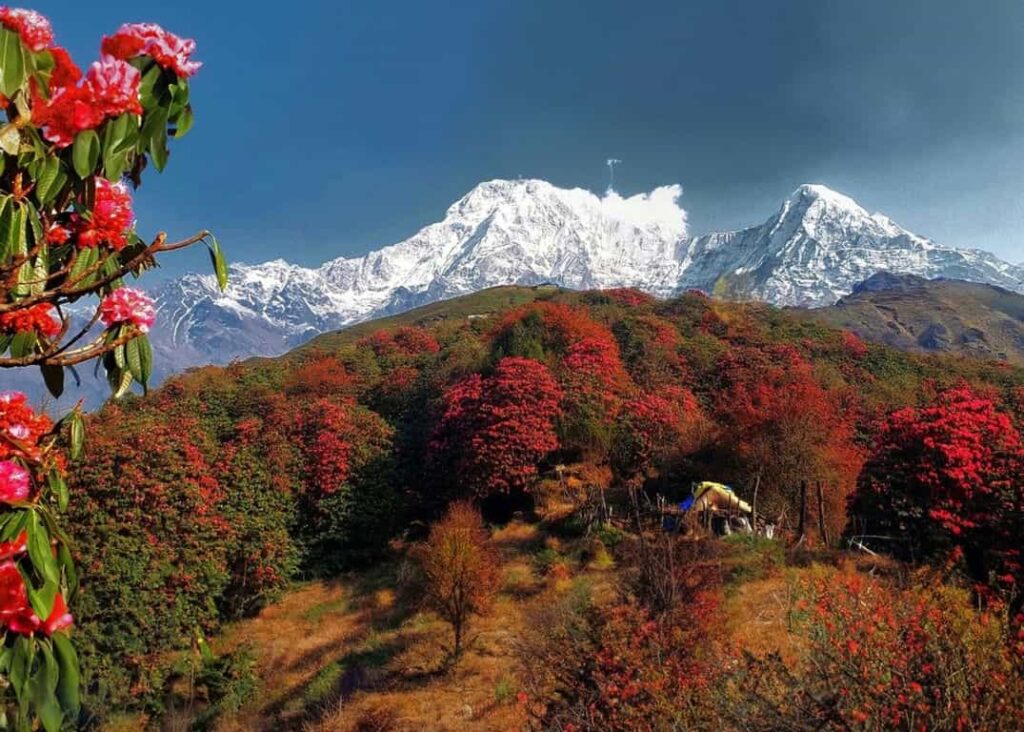


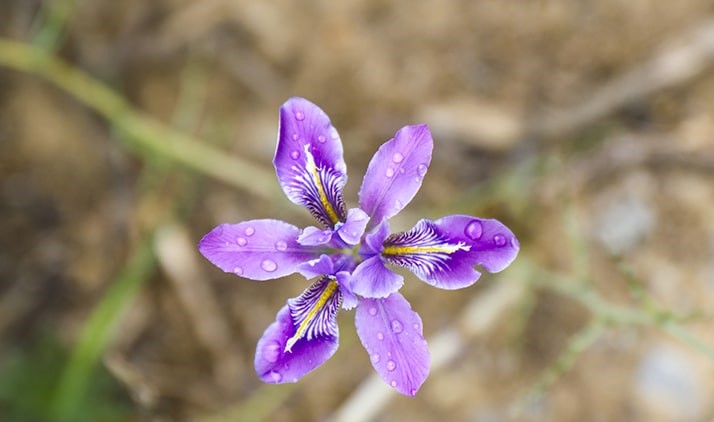
This park serves as a crucial habitat for endangered species such as the snow leopard, grey wolf, musk deer, and blue sheep, while goral, great Tibetan sheep, Himalayan tahr, leopard, jackal, and Himalayan black bear are also common. The park houses six reptile species and 29 butterfly species, including Paralasa nepalaica, the world’s highest-flying butterfly. Moreover, over 200 bird species inhabit the park, including the yellow-throated marten, Tibetan partridge, wood snipe, white-throated tit, wood accentor, and crimson-eared rosefinch.
Cultural Heritage
The Dolpo region, within the boundaries of Shey Phoksundo National Park, is culturally distinct and home to the indigenous Dolpo-pa people. This area has remained relatively untouched by modernity, preserving ancient traditions, rituals, and lifestyles influenced by Tibetan Buddhism. A visit to Shey Gompa, a revered 800-year-old monastery nestled in the heart of the park, offers a glimpse into the spiritual life of the Dolpo-pa. The annual festivals, prayer ceremonies, and traditional songs and dances are a testament to the region’s cultural richness.

More than 9,000 people call Shey Phoksundo National Park home, with their villages ranking among the highest settlements on Earth. Most residents practice Bon Buddhism, an ancient religion rooted in Animism and Buddhism. Founded 18,000 years ago during the Zhang Zung Empire in present-day western Tibet, the Bon-po religion forms the entire cultural foundation of Tibetan Buddhism. Sacred monasteries, thangka paintings, and chortens dot the landscape, showcasing the community’s rich spiritual heritage. Additionally, the local people depend heavily on trade with Tibet and agriculture for their livelihood, and the area is well-known for its salt trade caravans.
Natural Highlight: The Breathtaking Shey Phoksundo Lake
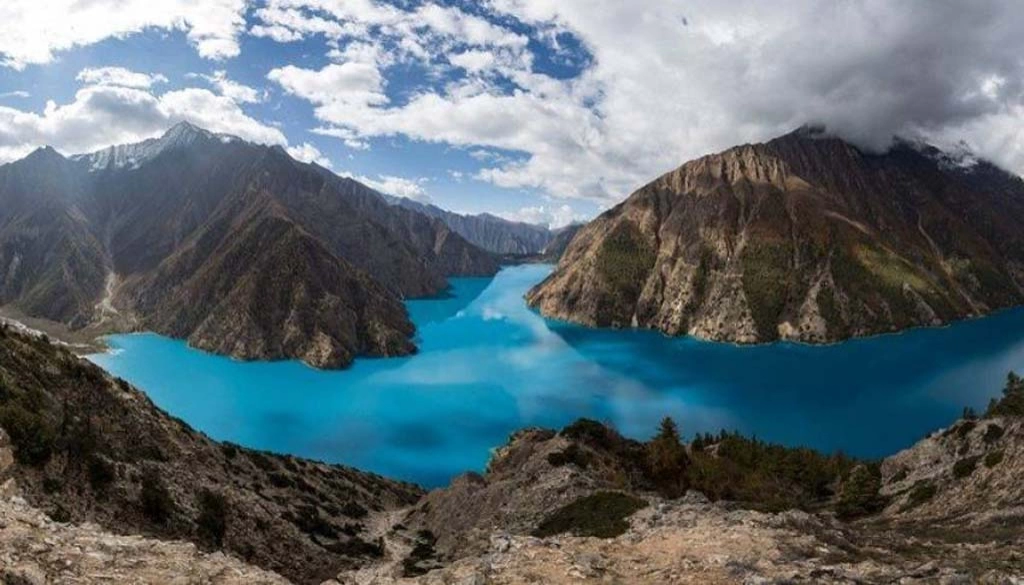
One of the park’s crown jewels is the mesmerizing Phoksundo Lake, known for its crystal-clear, turquoise waters. At an altitude of 3,611 meters, it is the deepest lake in Nepal, plunging to depths of 145 meters. The lake is considered sacred by the local communities and is believed to have spiritual significance. Surrounded by snow-capped peaks, pine forests, and traditional villages, the serene landscape is truly a photographer’s paradise. The best time to visit Phoksundo Lake is between April and October, when the weather is more favorable, and the trails are accessible.
Added Attractions of Shey Phoksundo National Park: Dho village (one of the highest settlements in the world), Rhigmo village, monasteries and Thanka painting
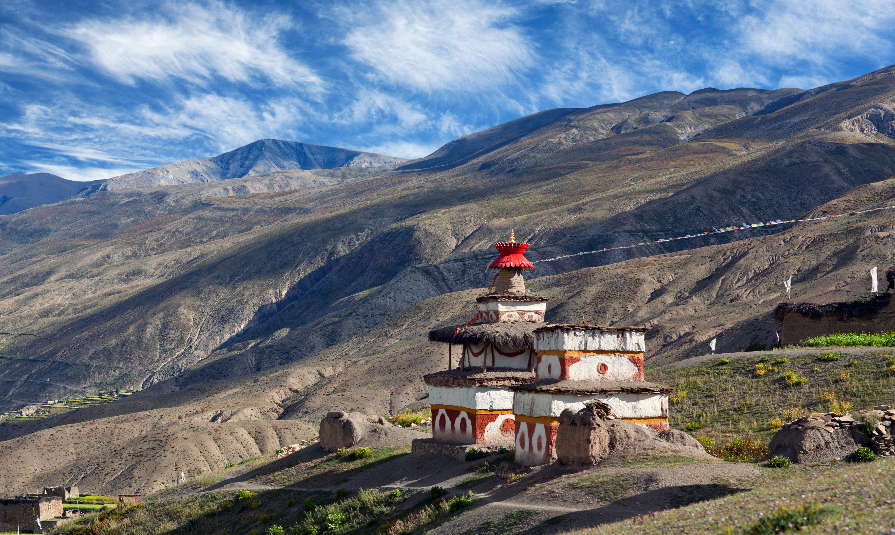
Trekking Adventures: Trails in Shey Phoksundo National Park
Individual trekking is permitted to trek to Ringmo or Phoksundo Lake. The Tran-Himalayan region of inner Dolpa is restricted to group trekking only, A group trekking permit is needed and can be arranged through any recognized trekking agency of Nepal. Trekking in Shey Phoksundo National Park is an adventure of a lifetime, offering some of the most stunning and off-the-beaten-path trails in Nepal. Here are a few of the popular trekking routes:
- Shey Phoksundo Lake Trek: A moderate trek that takes you from Juphal to Phoksundo Lake, offering spectacular views of rugged terrain, lush valleys, and ancient monasteries.
- Upper Dolpo Trek: A challenging and longer route that takes you to remote regions within the park, passing through high mountain passes, hidden valleys, and traditional Tibetan villages.
- Lower Dolpo Trek: A moderately strenuous trek that includes visits to Phoksundo Lake, Ringmo village, and Shey Gompa, giving you a taste of both the natural and cultural wonders of the area.
Conservation Efforts and Sustainable Tourism
Shey Phoksundo National Park is not only a haven for nature lovers but also a vital conservation area. Efforts are underway to protect the park’s unique ecosystems, wildlife, and cultural heritage. The government and local communities collaborate to ensure that tourism remains sustainable, minimizing the impact on the environment while maximizing benefits for the local population. Visitors are encouraged to follow responsible tourism practices, such as respecting local traditions, minimizing waste, and supporting local businesses.
Best Time to Visit and Practical Information
- Best Time: April to October, when the weather is clear, and the trails are accessible.
- Permits: Visitors need a Shey Phoksundo National Park entry permit and a Trekking Information Management System (TIMS) card. Trekkers heading to the Upper Dolpo region require a special permit.
- Accommodation: Lodges and tea houses are available in some areas, but for more remote regions, camping is often necessary. It is recommended to be well-prepared with proper gear and provisions.
- Guides and Porters: Hiring a local guide or porter is recommended, especially for the more challenging treks. They can assist with navigation, translation, and provide insights into the local culture.
Entrance Fee: Nepalis -NRS. 25 per person per entry, SAARC nationals -NPR 1,500 per person per entry, Foreigners –NPR 3,000 per person per entry
How to get there
The quickest method to get to the national park is to fly from Nepalgunj to Dolpa’s Juphal airport, and then walk for half a day to Suligad’s park entrance gate. Another option is to take a helicopter flight, which is much easier but surely expensive.
Thousands of national and international tourists complete their trekking journey around different routes here over a year and some of the adventurous routes are:
- Phoksundo Lake Trek
- SheyGompa Trek
- Helicopter Ride over the Park
Shey Phoksundo National Park FAQs
Which is the biggest National Park?
Northeast Greenland national park of Greenland is the biggest national park of world. It covers an area of 972,000 km2 .
Which is the biggest national park of Nepal?
Shey Phoksundo National Park(3,555 km²) is the biggest national park of Nepal.
What is the total area of Shey Phoksundo National Park?
The total area of Shey Phoksundo National Park is 3555sq.km.
Where is Shey Phoksundo National Park Located?
Shey Phoksundo National Park is located in Dolpa and Mugu Districts of Nepal.
How much deep is Shey Phosundo lake?
The depth of Shey Phosundo Lake is 446.9 ft.
Which is the deepest lake of Nepal?
Deepest lake of Nepal is Shey Phoksundo Lake(446.9 ft).
Which lake is located in Dolpa District?
Shey phoksundo Lake is located in Dolpa District.
When was Shey phoksundo National Park established?
Shey Phoksundo National Park was established in 1984.

